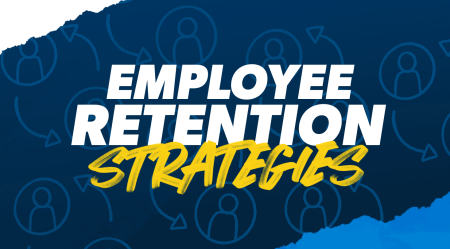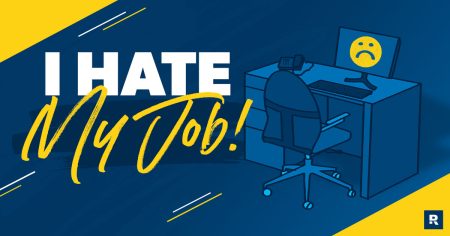Inflation in the U.S. is unlikely to fall to the Federal Reserve’s 2% target for at least three more years, according to a new report published by the Cleveland Federal Reserve Bank.
The findings suggest the pandemic-era shocks that stoked high inflation, including supply chain disruptions and rabid consumer demand, have been resolved, but that there are other “very persistent” forces fueling price pressures within the economy.
“There are both theoretical and empirical reasons to think that, absent X factors such as continued favorable supply shocks or strong productivity gains, the last half-mile could well take several years,” Cleveland Fed economist Randal Verbrugge wrote in the report.
That suggests inflation will not return to pre-pandemic levels until mid-2027 at the earliest.
WHY ARE GROCERIES STILL SO EXPENSIVE?
Verbrugge differentiates between the two sources of inflation: extrinsic, meaning external shocks like production costs or the overheated labor market, and intrinsic, meaning internal shocks like wage-setting and price-setting decisions and the way that inflation expectations are formed.
The resolution of supply chain issues contributed to the notable decline in inflation last year. But that progress appears to have run its course, and inflation’s path seems like it will be “governed by its intrinsic dynamics” moving forward. Those forces include wage growth and corporations raising or lowering their prices.
INFLATION INCREASES 3.4% IN APRIL AS PRICES REMAIN ELEVATED
“Hence, according to this analysis, inflation could take several years to return to its target,” Verbrugge wrote.
High inflation has created severe financial pressures for most U.S. households, which are forced to pay more for everyday necessities like food and rent. Grocery prices are up more than 21% from the start of 2021, while shelter costs are up 18.37%, according to FOX Business calculations. Energy prices, meanwhile, are up 38.4.%.
Price hikes are particularly devastating for lower-income Americans because they tend to spend more of their already-stretched paycheck on necessities and therefore have less flexibility to save money.
The Fed raised interest rates in 2022 and 2023 to the highest level in more than two decades in a bid to crush inflation and slow the economy. Policymakers are now weighing when to start cutting interest rates amid concerns that progress on inflation has stalled. Investors have steadily dialed back their expectations as central bank officials signal they are in no rush to cut until they are certain that inflation is conquered.
GET FOX BUSINESS ON THE GO BY CLICKING HERE
Several Fed officials have suggested in recent weeks that borrowing costs should stay higher for longer as inflation remains abnormally high.
“I don’t expect to get that greater confidence that we need to see on the inflation progress towards a 2% goal in the very near term,” New York Fed President John Williams said during an interview with Reuters earlier in May.
Read the full article here












